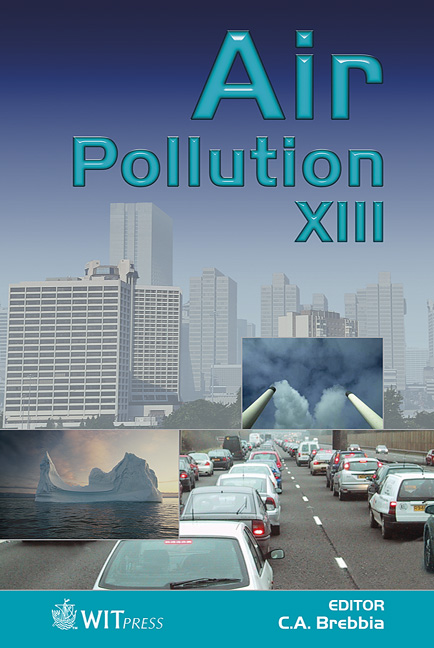The Development And Implementation Of A Model To Assess Traffic-related Soot-particle And Nitrogen Oxide Emissions In Regions
Price
Free (open access)
Transaction
Volume
82
Pages
10
Published
2005
Size
1,469 kb
Paper DOI
10.2495/AIR050351
Copyright
WIT Press
Author(s)
D. Schmedding & W. Schade
Abstract
The objective of this paper is to present the development and the implementation process of a model based on spatial analysis for the assessment of road-traffic-related soot-particles (as Particulate Matter (PM) of 10µm or greater) and nitrogen oxide (NOx) emissions as an instrument for regional transport policy. This paper describes a model for analysing and assessing specific regional measures affecting road traffic related to soot particles and nitrogen oxide exposures on a regional scale by combining transport model results with freely-available European geographical data (e.g. Corine land cover data). Comparison of different policies and transport scenarios (e.g. status quo, traffic forecast 2020) are possible with this instrument. For this example, an Alpine corridor (the A13 Brenner motorway in Austria) has been selected and analysed as a single scenario concerning the impacts on human beings and the environment. Keywords: traffic-related emissions, environmental assessment, case study, decision support system, soot particles, nitrogen oxides, exposure. 1 Introduction A lot of regions suffer from environmental problems caused by private and freight transport traffic. Noise, bad air conditions and vibrations are only three possible examples from a long list of negative impacts of motorised traffic which lead to nuisance and damage to human health, property and natural scenery. In the European Community and in its individual member states there are many
Keywords
traffic-related emissions, environmental assessment, case study, decision support system, soot particles, nitrogen oxides, exposure.





